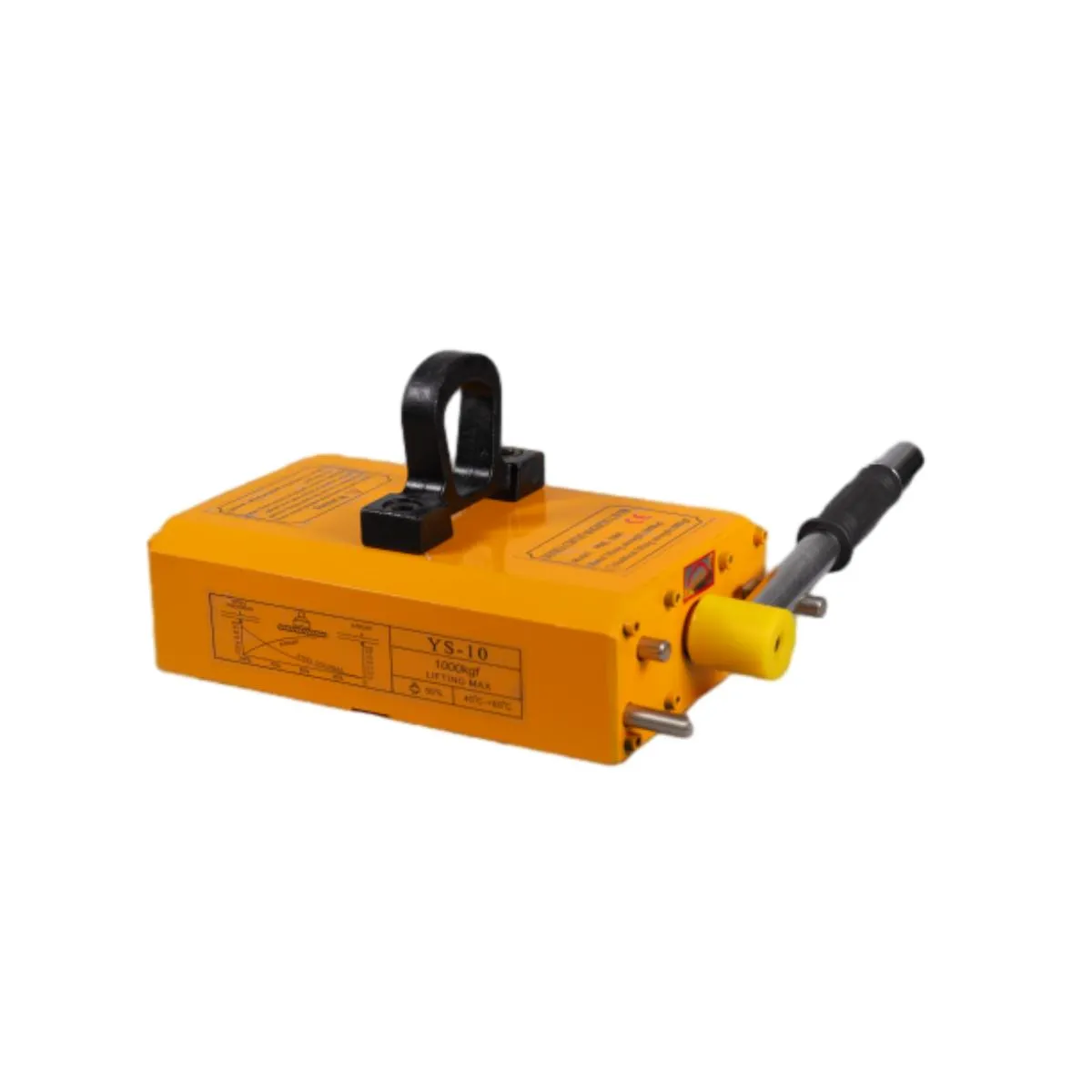Understanding the Components and Functionality of Gantry Crane Trolleys for Efficient Material Handling
The Evolution and Significance of Gantry Crane Trolleys
Industrial environments are often characterized by the need to transport heavy materials efficiently and safely. Among the various types of lifting equipment, gantry cranes have emerged as a crucial component in facilitating this process. Central to the functionality of these cranes is the gantry crane trolley, an invention that has transformed the way industries handle loads.
A gantry crane is a type of crane that is supported by legs or a framework, allowing it to traverse a specific area while lifting and moving materials. It is used predominantly in construction, manufacturing, shipyards, and other sectors requiring the movement of heavy loads. The gantry crane trolley, typically located on the horizontal beam of the gantry, plays an essential role in this lifting mechanism.
Design and Construction
The design of a gantry crane trolley is tailored to enhance its lifting capabilities. It usually consists of wheels, a lifting mechanism, and a frame. The trolley moves along the gantry crane's beam, enabling it to position itself directly over the load that needs to be lifted. This mobility is crucial, as it allows for efficient use of overhead space, often maximizing productivity in warehouses and factories.
Materials used in constructing the trolley are generally high-strength steel or aluminum, which can withstand the stresses imposed during operation. Additionally, many trolleys are equipped with electric hoists, which provide enhanced lifting capabilities and can operate at high speeds, improving the overall efficiency of lifting operations.
Types of Gantry Crane Trolleys
There are several types of gantry crane trolleys designed for different applications. Some of the most common include
1. Manual Trolleys These require operators to move the trolley along the beam manually. They are suitable for lighter loads where precision is necessary.
2. Electric Trolleys These are powered by electricity and can handle heavier loads with ease. They often come with features such as remote control and automatic braking systems to enhance safety.
gantry crane trolly

3. Pneumatic Trolleys Utilizing air pressure for movement, these trolleys are best suited for environments where electrical equipment may pose hazards, such as explosive atmospheres.
4. Customizable Trolleys Many manufacturers offer customized trolleys to meet specific needs of industries. These can include variations in size, weight capacity, and operational features.
Advantages of Gantry Crane Trolleys
The use of gantry crane trolleys offers numerous advantages that make them essential in various industries
- Increased Efficiency By allowing for the quick and safe transport of heavy loads over short distances, trolleys enhance operational efficiency.
- Space-Saving Design Gantry cranes with trolleys can function in relatively small areas, making them ideal for congested worksites or warehouses.
- Safety Designed with safety in mind, modern gantry crane trolleys often include features such as emergency stop buttons, overload protection, and robust braking systems, significantly reducing the risk of accidents.
- Versatility The adaptability of gantry crane trolleys allows them to be used in a wide range of applications, from lifting materials in a manufacturing plant to moving components in a shipyard.
Conclusion
The gantry crane trolley is an indispensable tool in the modern industrial landscape. Its innovative design and functionality not only streamline material handling processes but also enhance safety and productivity in workplaces across various sectors. As industries continue to evolve and demand for efficient material handling solutions increases, the role of gantry crane trolleys is set to become even more significant. In an ever-competitive market, companies that prioritize the integration of advanced lifting technologies are likely to gain a strategic advantage, ensuring their operations remain efficient, safe, and responsive to the dynamic needs of their industry. As technology advances, we can expect ongoing improvements in the design and capabilities of these trolleys, further cementing their importance in the future of industrial operations.
-
Unlock Seamless Relocation with Our Heavy Equipment Moving ExpertiseNewsJun.06,2025
-
Unleash Unrivaled Flexibility with Our Adjustable Gantry CraneNewsJun.06,2025
-
Unleash Heavy-Duty Efficiency with Our Industrial Gantry Crane SolutionsNewsJun.06,2025
-
Revolutionize Steel Handling with Our Magnetic Lifter RangeNewsJun.06,2025
-
Master Equipment Mobility with Premium Machinery Mover SolutionsNewsJun.06,2025
-
Elevate Your Material Handling with Magnetic Lifter TechnologyNewsJun.06,2025
-
YS Permanent Lifting Magnets: The Smarter Way to Handle SteelNewsMay.22,2025
